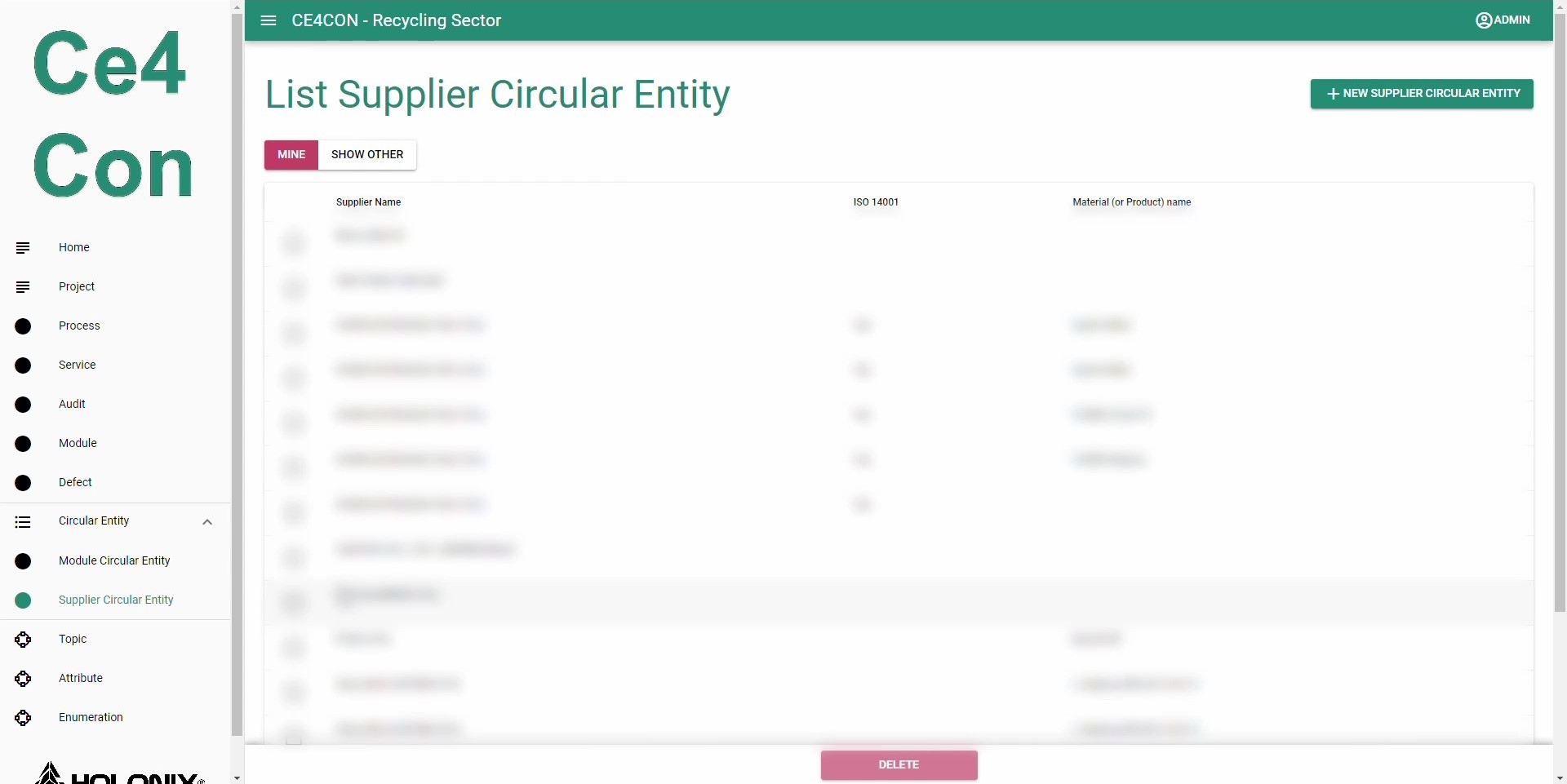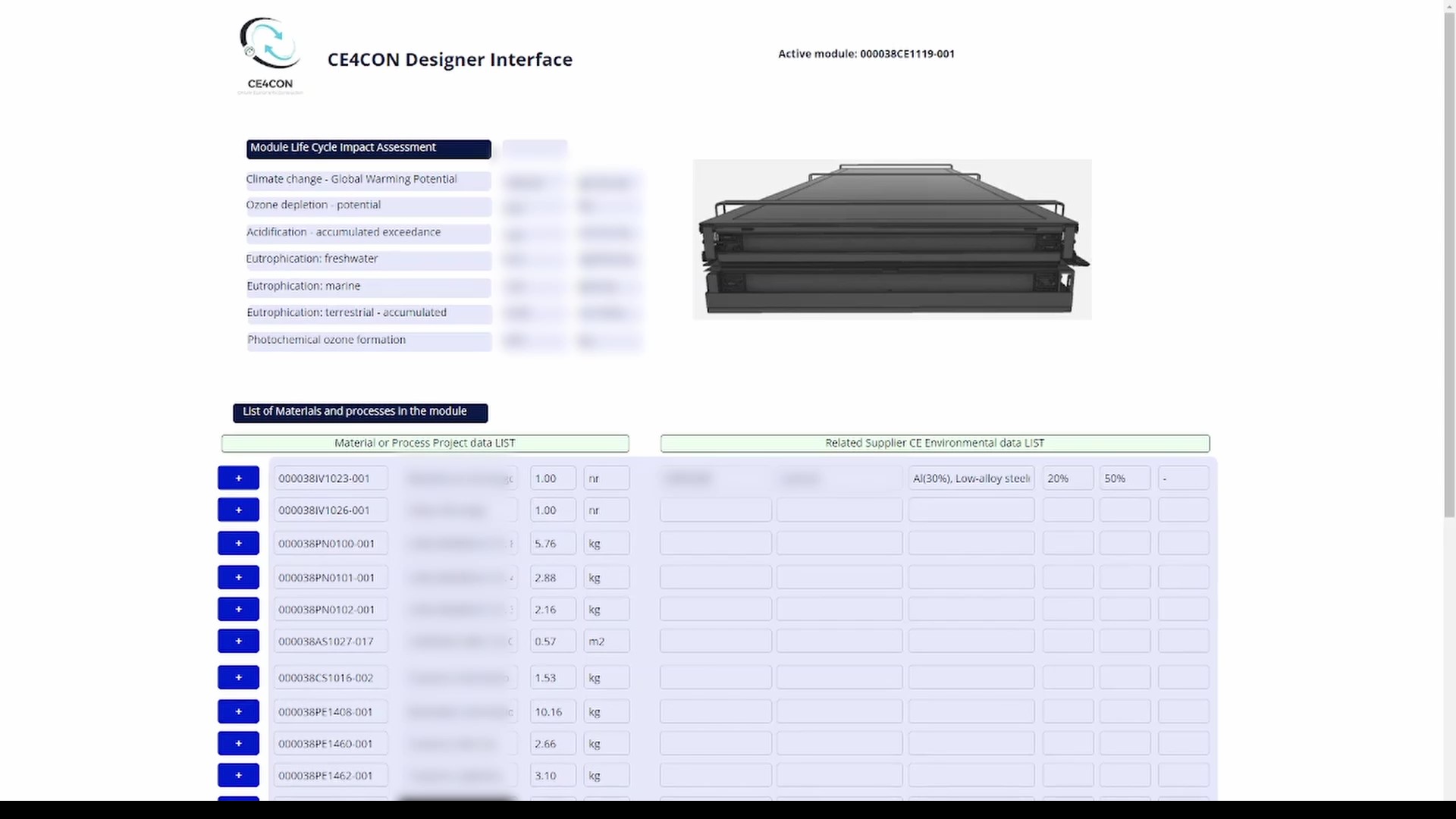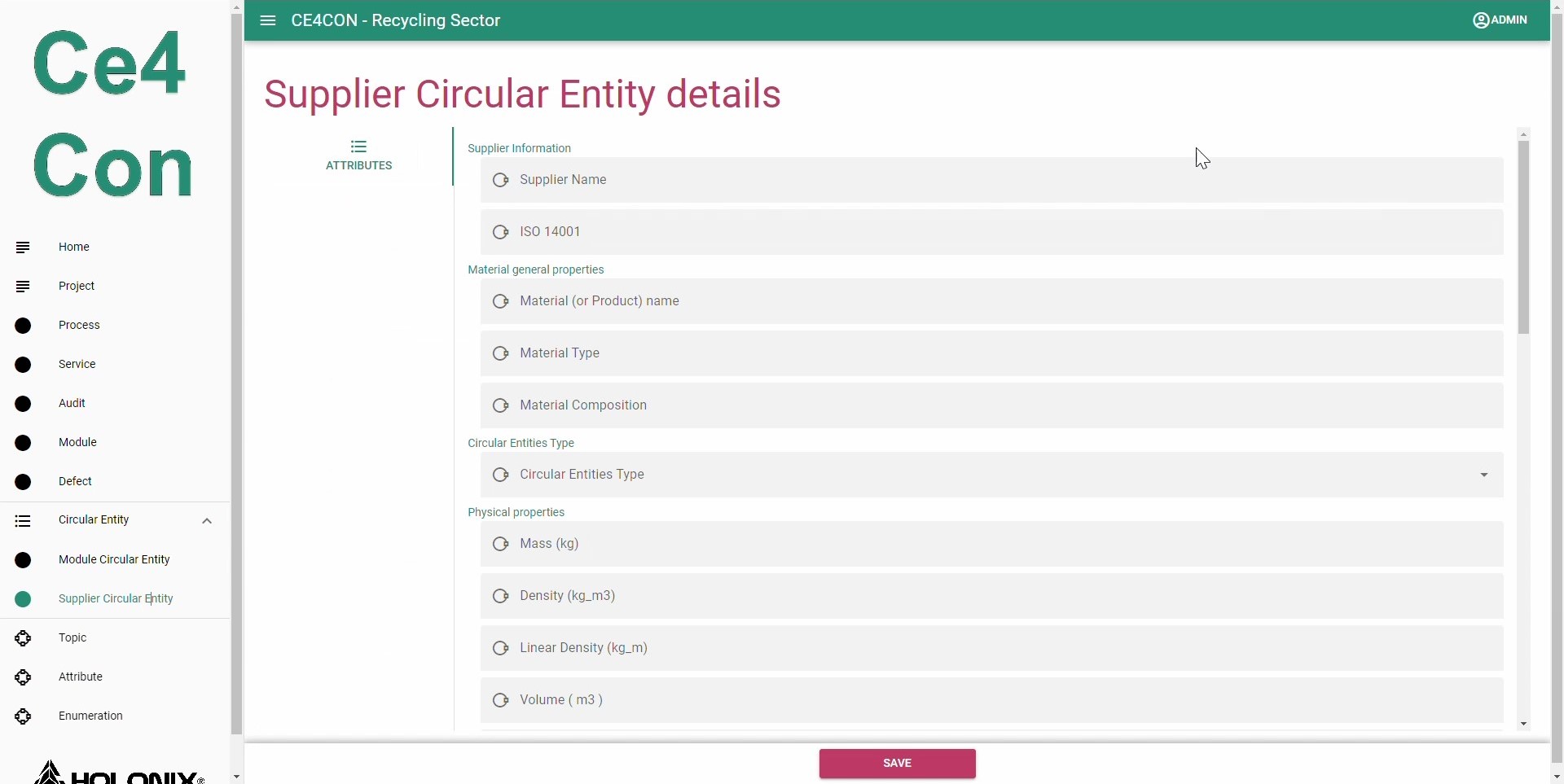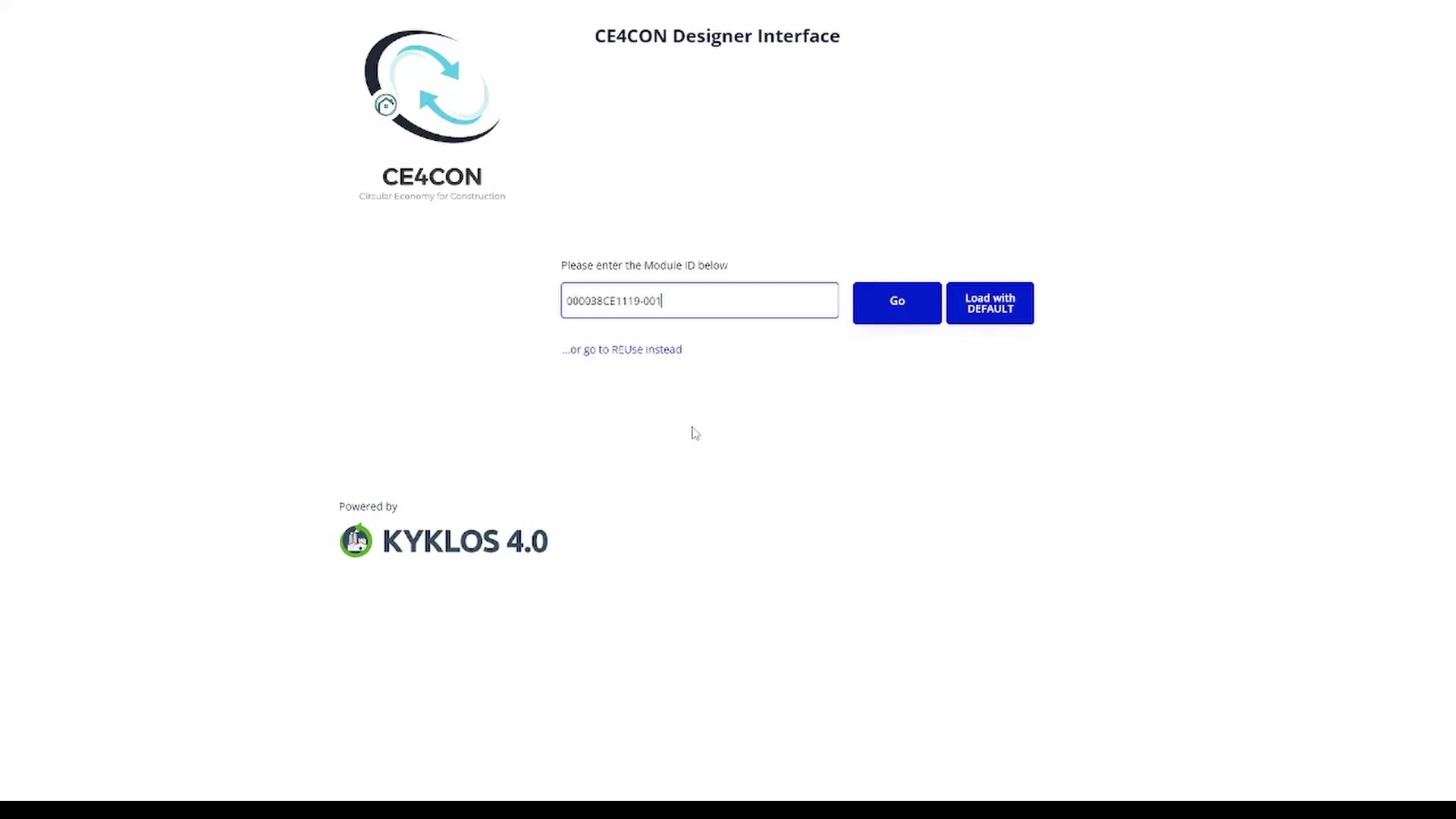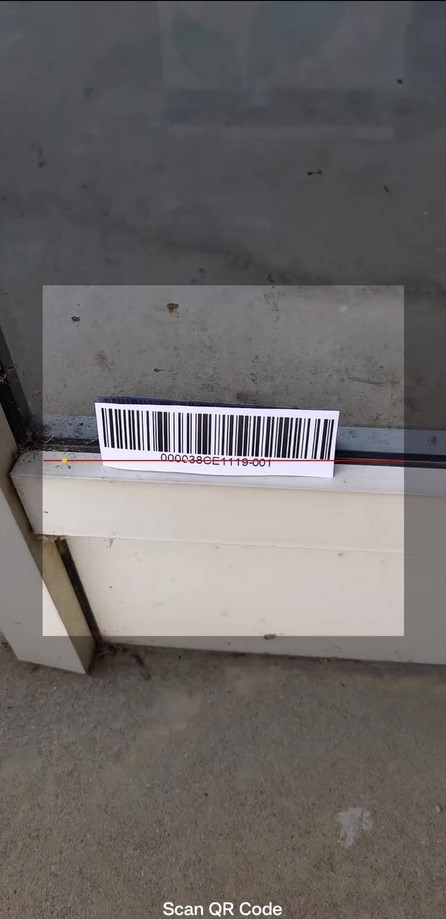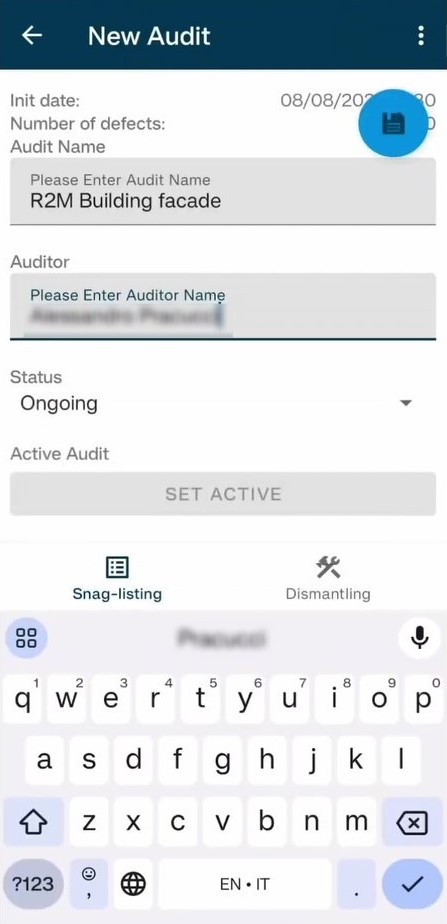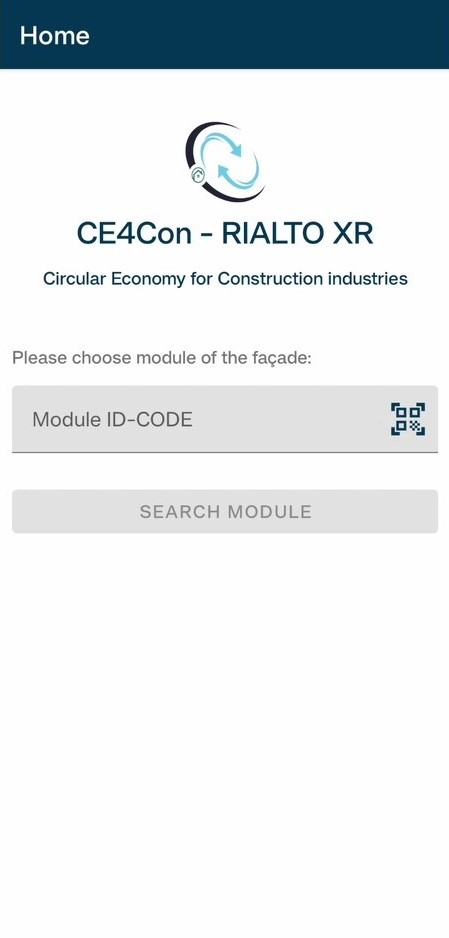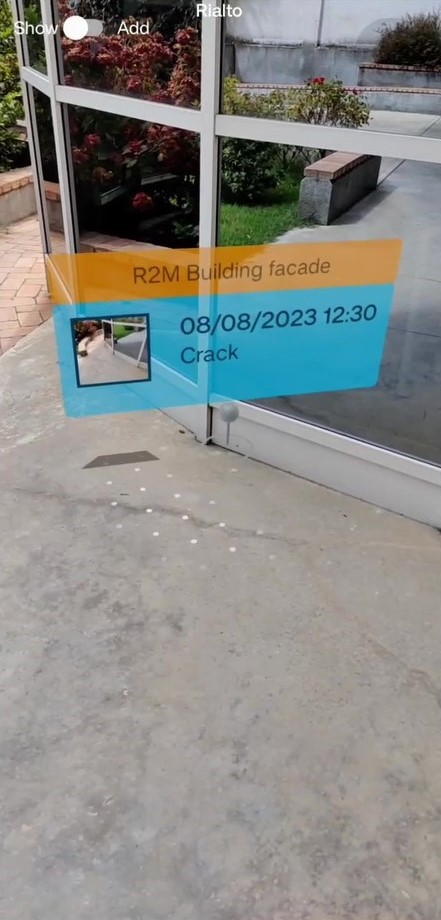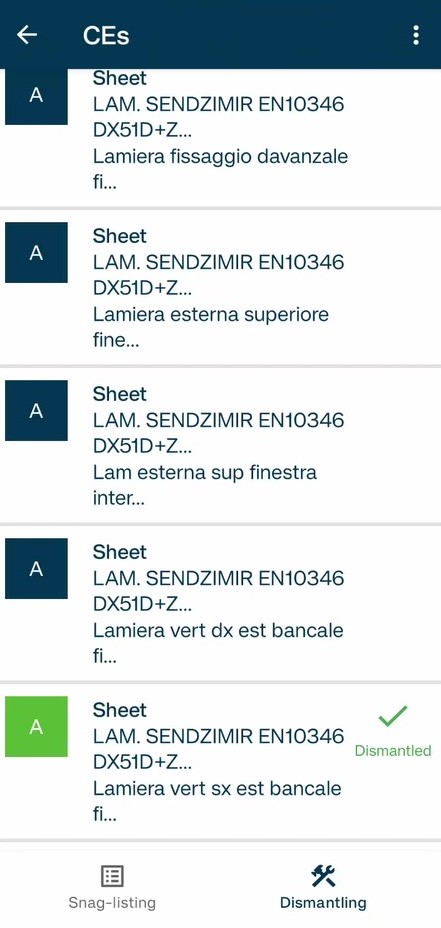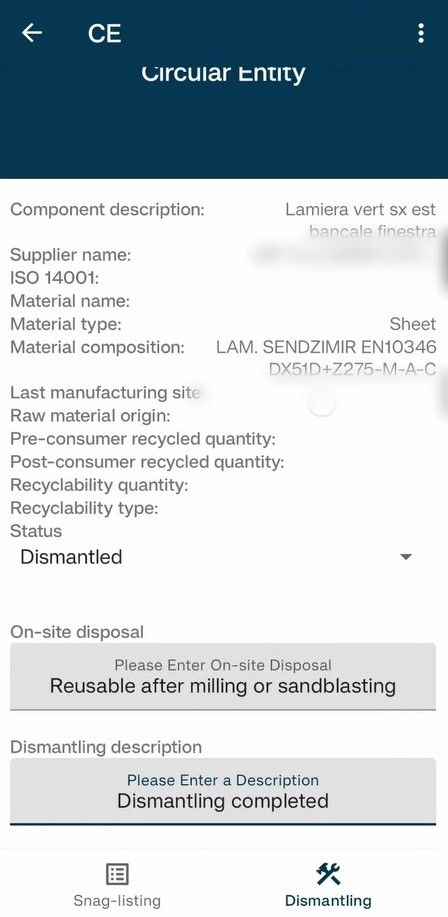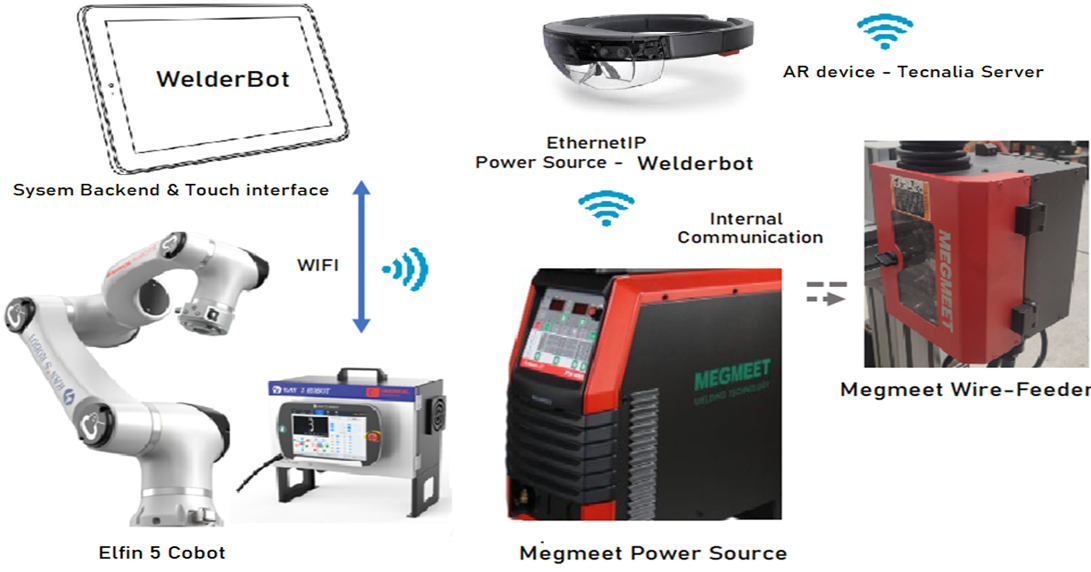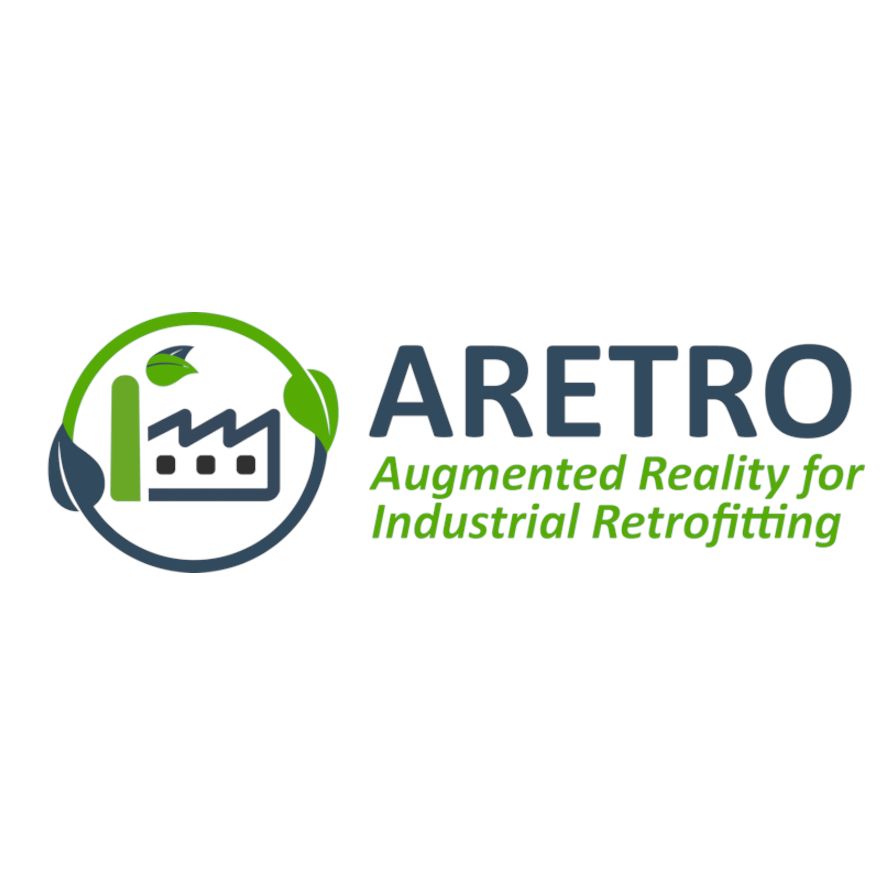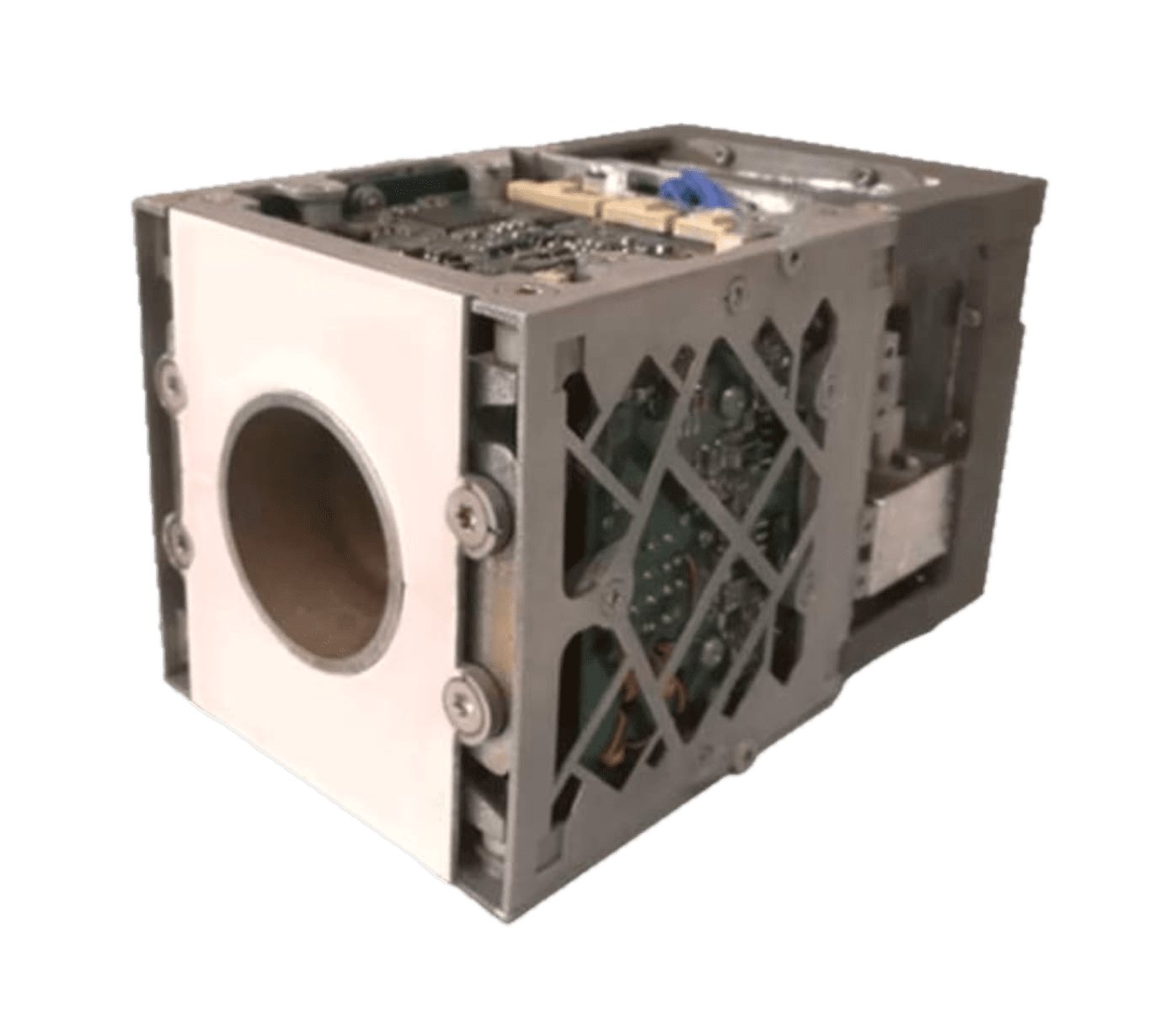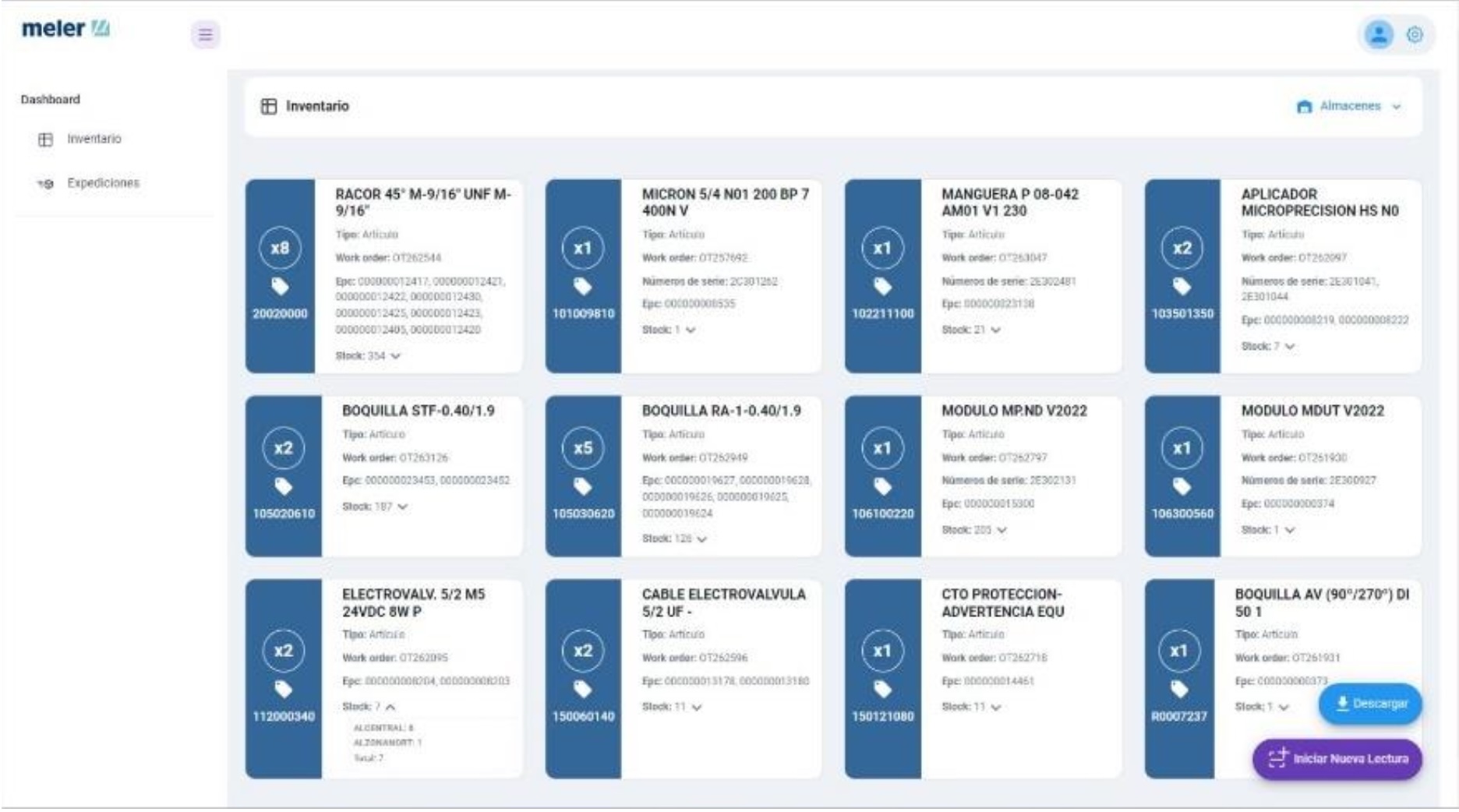The CE4Con platform promotes sustainable practices in the construction industry with a focus on circular resource utilisation in the Building Envelope Components’ (BECs) life cycle. Developed following a user-centric design approach focused on industrial needs, the solution integrates a range of services that aid manufacturers in the design, construction, and disassembly management and innovation of BECs. The resulting integrated solution supports environmental and circularity assessments, supply chain optimization, and circular material management. By fostering resource efficiency and sustainability, it offers a promising direction towards a sustainable future for the construction industry.
The CE4Con platform integrates a range of services that promote circular economy thinking throughout the whole BECs life cycle and enable seamless data sharing and coordination among the project users.
In the design phase, two design tools enable stakeholders to make informed decisions about raw material substitutions and allow for easy communication and matchmaking between manufacturing companies and suppliers. The designer support tool, integrated with KYKLOS LCA and PLM tools, assists the designer in selecting building materials for processes and products under development and directly retrieved from the PLM. The available building material options shown in the tool can be collected by the suppliers or the quality department in the circular data management tool. The products in the database contain high percentages of recycled and reusable components and are described by a list of attributes that include available environmental and circularity data. Through the designer support tool interface, the designer can then evaluate the building material impact assessment information as computed by the KYKLOS LCA tool and make a suitable choice.
In the construction and dismantling stage, the augmented reality snag list and dismantling support tool supports on-site technicians and dismantling and recovery companies in product disassembly and material pre-treatment to facilitate recycling. The snagging function allows technicians to annotate damages in on-site installed components in the 3D world so that they are easily catalogued and remain available until the dismantling stage. The dismantling section retrieves dismantling and pretreatment information to facilitate the disassembly and the update of end-of-life information of the module. In this way, CE4Con enables a real-time data update system for tracking circular initiatives. Stakeholders can input and access data as soon as changes occur, documenting and tracking recycling or reusing materials.
Regarding circular indicators:
CIR1 – The CE4Con platform includes a comprehensive and centralised repository to collect technical data on various materials and products available on the market. Manufacturers can access data on available recycled materials, recycling processes, and services, optimising their supply chain to incorporate circular practices and reduce their reliance on virgin materials.
CIR2 – The CE4Con platform assists designers in selecting building materials for the processes and products under development, considering recycled composite, near-distance market, and low-carbon aspects. BECs materials available in the market are carefully described in the database using a set of attributes that include not only their physical properties and generic material information but also certifications and recyclability indicators.
CIR3 – The platform can stimulate the recovery of materials from waste by collecting and sharing information to optimise the reuse, recycling and remanufacturing of objects and materials.
CIR4 – BECs components available in the market are stored in the platform and described with dismantling and pretreatment information. These data are made available to stakeholders during disassembly and dismantling operations, which can optimise disassembly.
CIR5 – The platform can assist facade and building envelope manufacturers in the design and production of new products with recycled composite materials and low CO2eq impact. Emissions are reduced throughout the full material cycle through the use of less raw material and sustainable sourcing.



